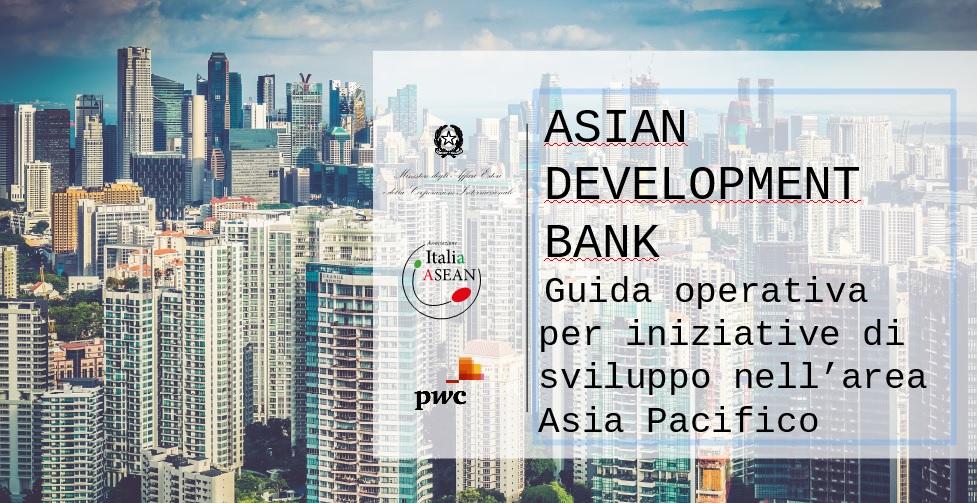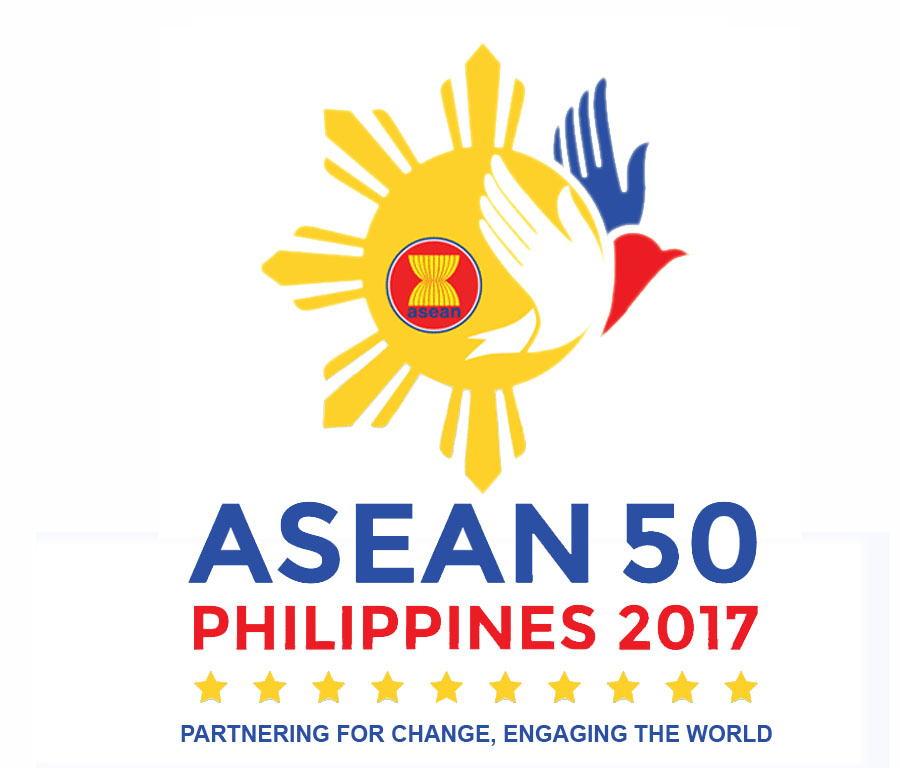Federalimentare è uno dei nuovi soci dell’associazione Italia-ASEAN
Asian Development Bank. Guida operativa per iniziative di sviluppo nell’area Asia-Pacifico
L’Associazione Italia-ASEAN, in collaborazione con il Ministero degli Affari Esteri e della Cooperazione Internazionale e Pwc, ha realizzato questo pratico manuale per aiutare le imprese che vogliano avvicinarsi agli strumenti di finanziamento offerti dalle istituzioni multilaterali in Asia.
Firmato FTA tra ASEAN e Hong Kong
il 12 Novembre a margine del vertice ASEAN è stato firmato un ambizioso accordo di libero scambio tra i Paesi del sudest asiatico e Hong Kong.
Italia, primo dei fornitori non-asiatici
L’Italia, insieme alla Germania, è il primo fornitore non asiatico di macchine utensili nell’area ASEAN.
31° vertice ASEAN: il punto su tutti i temi toccati
Nel 50° anniversario dell’organizzazione, il summit e gli incontri collegati – ai quali hanno partecipato come partner di dialogo gli Stati, Uniti, il Giappone, la Cina, l’India, l’Australia, il Canada e l’UE – hanno evidenziato la rilevanza globale dell’area.
L’impegno del Governo per le aziende italiane
L’Asia è un’area nella quale si giocherà nei prossimi anni una partita di importanza strategica per le imprese italiane. La forza dei paesi del sud-est asiatico riuniti nell’ASEAN è nei loro 630 milioni di abitanti, nel PIL in costante espansione – con tassi di crescita mediamente del 5% negli ultimi anni – e soprattutto nella dimensione dell’interscambio commerciale – 14 miliardi di euro solo con l’Italia – che già ora li rende grandi esportatori e importatori.
The Italian Foreign Policy with ASEAN
Over the last years we have been witnessing a substantial increase of attention in Italy about ASEAN, in a wider context of greater interest for the East Asia region as a whole. The Asia-Pacific area, which accounts for 54% of global GDP and 44% of international trade in goods, is an undisputed protagonist of the global economy.
La politica estera italiana verso l’ASEAN
Negli ultimi anni abbiamo assistito ad un sostanziale aumento dell’attenzione italiana verso l’ASEAN, nel quadro di un accresciuto interesse nei confronti di tutta la regione dell’Asia orientale.








